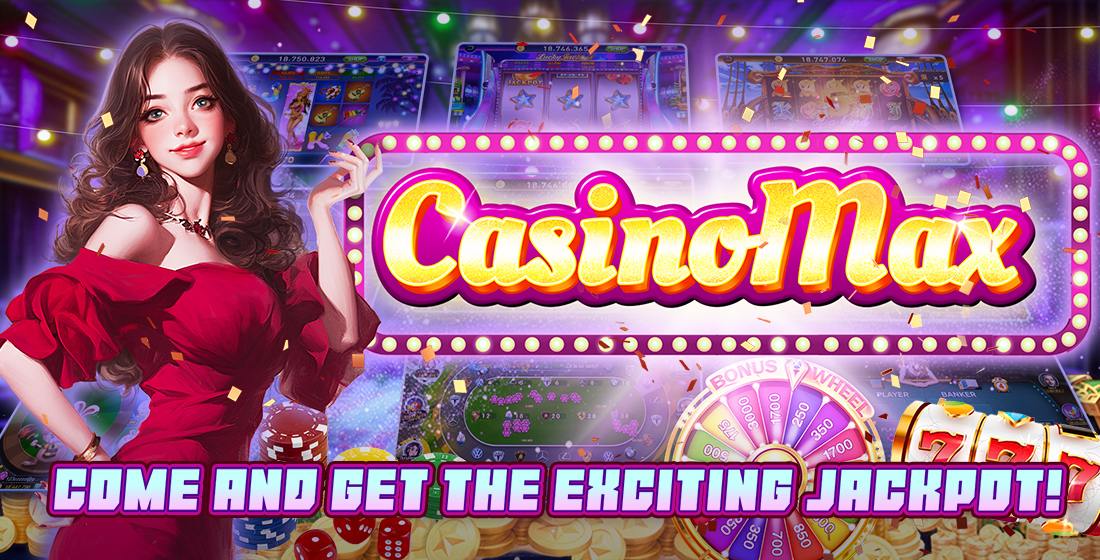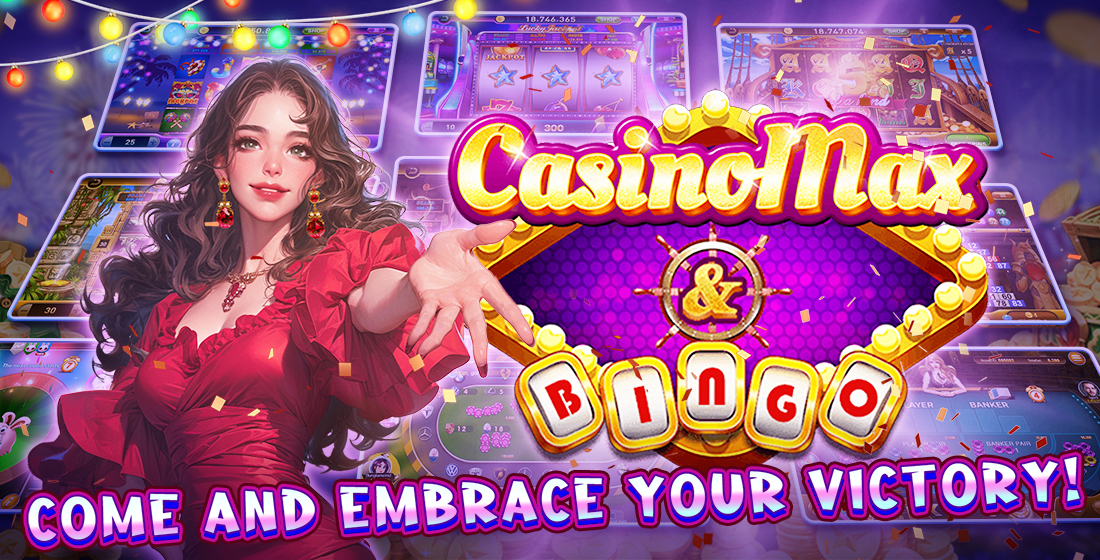Introduction: Embracing Fun and Cognitive Exercise
When it comes to brain-boosting entertainment, puzzle games reign supreme—particularly HTML5 varieties. In recent years, puzzle games have exploded in both popularity and creativity, becoming go-to mental workouts accessible from practically any internet-connected device without the hassles of installation or platform limitations. Among these digital brainteasers, one can’t ignore how HTML5 games offer a blend of challenge, fun, accessibility, and adaptability that resonates especially with Norway's tech-savvy population. Now you might be wondering, how does this connect to something seemingly unrelated, like the Clash of Clans best builder hall 6 base? Well, stick with us—we’ll draw parallels as we dive deep. And while your brain warms up for an adventure, let’s talk about what makes puzzle gameplay special in modern casual computing ecosystems.Why HTML5? The Flexibility Factor
HTML5 brings more than sleek visuals—it’s versatile. Since HTML5 runs in almost every web browser without extra software or plugins like Flash, gamers avoid headaches from system compatibility issues.
Let’s not forget portability: play a round on your PC while commuting, switch to your iPad during break time at work—all seamlessly. It’s the perfect way for busy Scandinavians to sneak in some quick puzzles.
Top Categories of HTML5 Puzzle Games
- Logic & Math-Based Games
- Matching Pair Adventures
- Crossword Variants With Modern Flair
- Journey Through Mazes & Escape Rooms
The Mental Fitness Angle
There's scientific consensus—regularly stimulating the brain helps maintain its sharpness and agility over years. Solving logic problems, recognizing patterns, and making snap spatial decisions all activate crucial neuro-pathways. So whether you're a retiree looking for stimulation or an overworked engineer wanting a moment off-duty, engaging puzzle platforms make it easy—and enjoyable—to build better cognitive habits.A Snapshot of Our Norwegian Audience
The culture thrives around efficiency—be it energy usage monitoring systems, eco-urban architecture designs, nor even leisure tech experiences optimized via minimal inputs for maximum impact! HTML5-based puzzle games fit well into those high standards, particularly given Norwiegains already love strategy-focused mobile experiences. (We'll come back to Clash dynamics later!) Here’s a breakdown summarizing who enjoys these brain-benders most within Scandinavian territories:| Stereotype Archetype | Potential Age Range | Main Motivations | Favourite Genres | Prioritized Features |
|---|---|---|---|---|
| Casual Couch Clickers | 22 - 48 | To pass waiting hours; stress-relievers | Match3; Word games; | Slick UIs, low load times |
| Educated Tech Lovers | 18–37 | To sharpen analytical skills; | Mind Teasers & Riddles | Minimal ads; no timers |
| Hipster Gamers | 35+ | Find nostalgic value & hidden mechanics | Maze & Retro-Inspired Puzzlers | Retro aesthetics; quirky sounds/plot twists |
Note: These archetypes aren't mutually-exclusive, but instead paint broad strokes based around behavioral patterns across our Nordic player communities!
Time to Explore Game Examples (And A Few Hidden Tips Too!)
- Try "Puzzle Divergence": Where each shape isn't fixed—you morph them before matching tiles.
- "Brain Maze": Navigate ever-changing grids while racing clock elements. Great for improving attention focus.
- Dig through niche corners and uncover underrated gems: “Linguistic Leap" is brilliant for dual-language learning!
Nailing Accessibility vs. Depth (A Design Paradox)
Designers constantly balance accessibility (easy-to-understand interfaces, minimal learning curve) versus depth—adding layers to engage veterans without turning newcomers away early on. Some titles nail this sweet spot. For example, "Hexagon Shift" starts with very basic rotation challenges and escalates exponentially—but introduces new players step-by-step via dynamic tutorial levels. As you unlock power-ups or advanced move techniques mid-gameplay loops, progression doesn't feel forced—instead rewarding exploration organically. It keeps users coming back. Another favorite among younger crowds and teachers: "Code Logic Cubed". Although ostensibly for middle-aged learners, university CS students occasionally return just before algorithm exam seasons. It turns abstract programming principles—recursion trees or binary math—into colorful, clickable modules.Bridging to Clash Of Clans: What Strategy Puzzle Titles Teach Players
At first glance, HTML puzzle games seem distant to theclash of clans best builder hall 6 base layout,, yet they intersect conceptually. Think of this way:
- In Clash of Clans (CoC), Builder Base management relies heavily on spatial awareness, optimization thinking under resource limitations—very much like solving puzzle levels where space constraints determine victory/failure rates.
- Built-in decision-making under constraints is shared between strategic planning for troop deployment timing vs rearranging limited pieces in sliding tile arrangements under strict time-limits (sound familiar?)
- Additionally, pattern recognition used when scouting opposing bases resembles visual tracking in color-matching sequence puzzle mini-games.
| CASUAL PUZZLE TITLE(S) | COC BASE BUILD DESIGN TIE-IN(s)? | |
|---|---|---|
| Layman Perspective | "Tower Swap", "Block Flip 4D" | Visioning layouts ahead; reconfiguring spaces efficiently despite obstructions |
| Veteran Insights: Beyond Basic | "Pixel Grid Pathfinding" | Troop maneuver route mapping mirrors efficient pathfinding required in multi-level mazes/pipelines |
Drama & Mystery: Narrative-Laced Puzzle Experiences
Not every puzzle revolves around speed-matching candies or Sudoku variants. Certain developers are spicing things up with rich lore woven right into level progressions. Think "interactive books where choices affect outcomes." “Murkwater Diaries" stands as excellent storytelling example fused neatly within grid-based riddle systems. Solve encrypted clues left behind in haunted town notes while unraveling the secrets behind disappearances spanning 3 generations—all the while collecting diary entries revealing alternate endings. If multiple threads interest users—as many do for history buffs—the game cleverly adapts difficulty accordingly. It becomes an evolving personal journey shaped directly by deduction acumen rather than pure reflex speeds, which adds unexpected appeal for audiences beyond typical gamer demographics including librarians & language historians!Better Brain Retention Techniques?
Yes—scientific data indicates consistent gameplay increases neural flexibility significantly over three-month intervals. Researchers from Tromsø tracked daily users of medium-challenge online games (like memory cards or timed trivia quizzes built atop lightweight H5 frameworks). What were results?Subjects retained complex data patterns easier after routine interactions involving decision-making, rewards, incremental goals. So think of puzzle gaming akin to jogging... just for neurons!This explains growing trendiness for such apps within education sectors seeking alternative learning tools. Students grasp vocabulary or mathematical relationships quicker through gamified lessons compared to purely textual study material methods!
Looking Into The Future: AI Integration?
Although HTML5 currently leans mostly toward deterministic game mechanics governed entirely by ruleset codes, the frontier opens when AI enters. Imagine intelligent adversaries dynamically adjusting complexity levels during gameplay depending on player reaction times. Early prototype labs run simulations showing bots altering obstacle positions unpredictably—not randomly haphazard, but with calculated reasoning designed to throw players momentarily. This adaptive feature promises greater longevity over conventional puzzles stuck repeating finite prewritten challenges. Of course, ethical boundaries exist regarding bot behavior—should it ever outright ‘cheat’? That remains debatable topic sparking heated debates in forums globally, especially as emerging titles start pushing edge towards next-gen interactive narratives featuring unpredictable variables mimicking actual opponents playing alongside rather than programmed enemies alone. BONUS: Pro Tip for Enthusiasts—If aiming improve problem-solving skills long-term outside formal educational settings: ✅ Play regularly ✨ Introduce diversity in titles to train varied areas 🚀 Occasionally test oneself with harder content—even if frustrating at pointsCultural Comparatives: International Appeal vs Region-Based Nuancing
While universally applicable cognitive benefits exist, regional flavoring matters deeply. Titles incorporating folklore themes thrive best when localized correctly. Some games like “The Lost Saga of Njord" embed Norse myths elegantly using rune-translation sequences within environmental quests. For Norwegians especially, these serve both edutainment purposes while reinforcing ancestral identities subtly. Other countries experiment similarly—Japan uses Haiku poetry integration in letter rearrangement games, Mexico’s festivals appear inside seasonal themed escape adventures, etc. This contextual richness drives engagement deeper beyond sheer mechanics and taps emotionally significant territory for sustained participation and loyalty cycles. **Pro-tip:** Watch upcoming festivals—if a site announces Viking heritage day, look out curated bundles spotlight historical theme puzzles. --- **Quick Reference Checklist** for Maximizing Enjoyment Across Puzzle Platforms:-
• Try hybrid puzzle styles weekly to stay sharp across diverse problem domains • Use leaderboards sparingly for motivational pushes but keep ego-check balanced • Participate community events—often exclusive rewards tied group competitions!
If you're craving more intense competition though…, jump straight to strategy epics similar to classic titles like The BannerSaga series—but that requires downloading full-scale desktop releases which differ vastly from the browser-accessible magic HTML provides initially.
---


